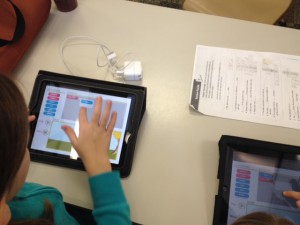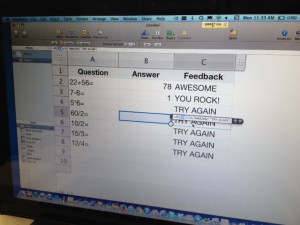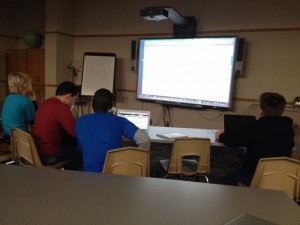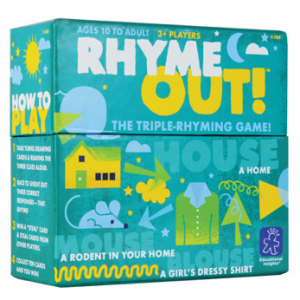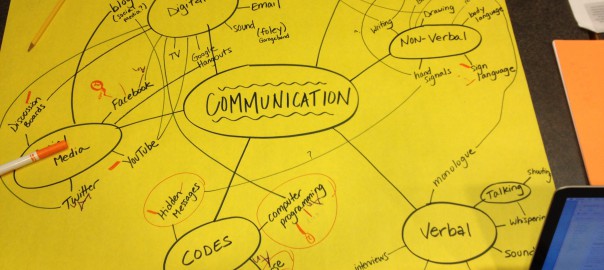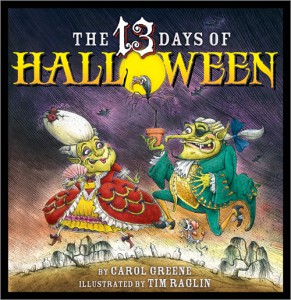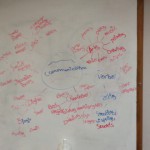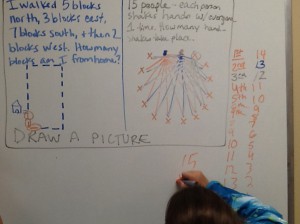
I attended a professional development workshop over 10 years ago and this apple demonstration has always stuck with me. The presenter used an apple to represent the earth and then cut one-quarter out. She explained three-quarters (75%) of our earth is water. This of course means one-quarter is land. She went on to cut that quarter slice of apple in half explaining that half of the land on earth is inhabitable. What types of places and location on earth are inhabitable? One final step was to take that 1/2 of 1/4 (What fraction is that?) and peel off the skin. The skin represented the land that was used for farming leaving the rest to represent where all the world’s people live.
This apple demonstration could be used with any grade level to discuss/research a variety of topics. The 1st graders and I used it as a way to talk about water. I made them a water droplet notebook where they took notes on lakes, rivers, seas, and oceans. We talked about the Pacific and Atlantic Ocean, the Great Lakes, the Mississippi and Missouri River, and even learned how to spell Lake Kabetogama. Have you been to a lake/river/ocean lately? Leave us a comment. We’d love to hear about it!
Before our time was over, we talked about the freezing and boiling point of water. We looked at Omaha’s temperatures for the week and talked about whether water would freeze based on the temperatures listed. We filled 4 balloons with water and even added a little food coloring. The students made a hypothesis on what would happen to the water balloons if we placed them outside. What do you think will happen? The balloons are currently outside in a secret hiding place. Check back in a couple days to see what we discovered!
